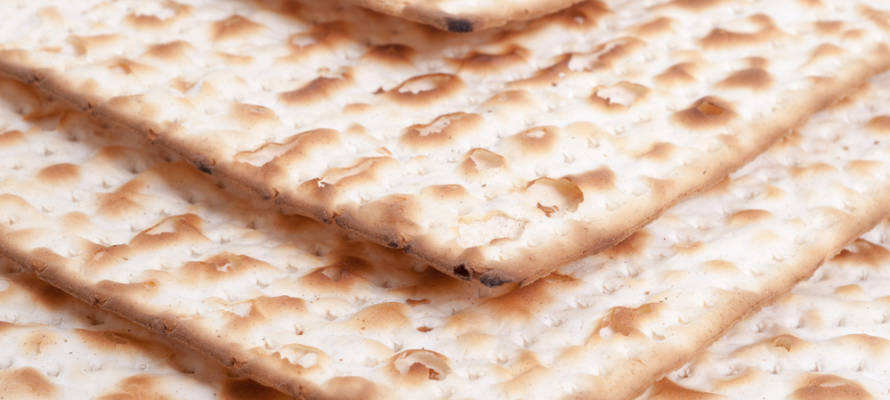Matzah is a dual symbol. It is called the Bread of Affliction, but it also represents freedom. You might think they are opposite ideas, but they are not.
Jews around the world will soon gather together to celebrate Passover. Jews have been preparing for quite some time already. A major part of the festival is what we don’t do—namely eat or even have any leaven products in our homes.
The concept of removing leaven is biblically based, as it says in the Torah, “For seven days you are to eat bread made without yeast. On the first day remove the yeast from your houses, for whoever eats anything with yeast in it from the first day through the seventh must be cut off from Israel.” (Exodus 12:15)
So as you can see, it is pretty serious. But what is the message behind the removal of the leaven? Well, think of it this way. Matzah is a flat cracker; bread is a puffy type of substance due to the agents that make it rise. The flat matzah represents humility and the puffed-up bread represents arrogance, as if to say it has an inflated ego!
When we remove the leaven/bread from our homes, we are symbolically removing arrogance and haughtiness from our lives. When we eat the matzah we are replacing the arrogance with humility. Matzah is a form of spiritual medication.
The Bible also refers to the matzah as the bread of affliction. “Do not eat it with bread made with yeast, but for seven days eat unleavened bread, the bread of affliction, because you left Egypt in haste–so that all the days of your life you may remember the time of your departure from Egypt.” (Deuteronomy 16:3)
Why is it called the bread of affliction? The simple answer is that while the Jews were slaves in Egypt, this was all that they were given to eat, so to the Israelites, this was the cracker that brought back memories of the oppressive years.
Matzah is a tangible reminder of what one group of people can do to another. The Egyptians were taskmasters and murderers of babies, and the matzah serves as a reminder.
Matzah, though, is a dual symbol. It also represents freedom. As the Jews were leaving Egypt, they did not have enough time to bake bread, so in their haste they were only able to bake matzah. The matzah is also a reminder of the actual exodus.
This is very powerful. The same item with seemingly two very different messages—slavery and freedom. You might think that they are opposite ideas. They are not. In order to appreciate freedom, the Israelites needed to remember the slavery.
The two symbols of the matzah teach a deep lesson about appreciation. Only in darkness do we appreciate light. When we are hungry, we appreciate food, and when we are cold, we appreciate heat.
For those of you who will be sitting down to a Seder this year, as you crunch your matzah think about all the challenges that you have in life and what they have taught you. We can experience joy because we have known sadness.
This is particular true in Israel, as we have waited for nearly 2000 years to return home after suffering horribly during our years in the Diaspora. The joy of living in the Land of Israel is awesome precisely because we have suffered so much.
Wishing you all the blessing of the matzah! May all of your sadness be transformed in to the highest joy.
By Rabbi Moshe Rothchild, United with Israel


